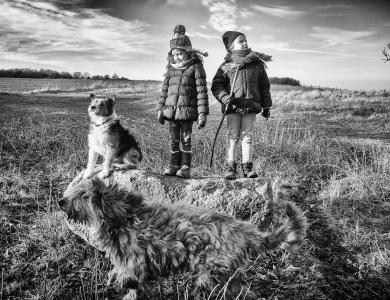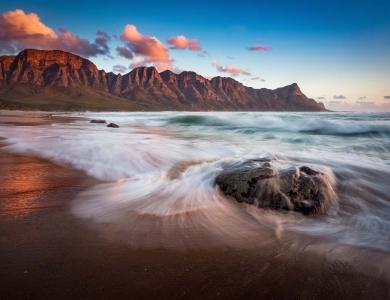We take a look at the winners of THE FENCE, a large-scale traveling photography exhibition reaching over 8 million visitors annually through open-air exhibitions in 8 cities across North America: Atlanta, Brooklyn, Boston, Calgary, Denver, Houston, Seattle, and Sarasota. We introduce you to the work of nine of the awarded photographers, that we have the pleasure to interview on our blog the next upcoming weeks.
Since its inception, THE FENCE has consistently attracted exceptional work by talented photographers from around the world, creating an opportunity to share these powerful photographic narratives with a diverse audience of millions of visitors annually, while providing photographers with a truly public platform and unexpected career opportunities.
THE FENCE was conceived and produced by United Photo Industries, and was developed in partnership with Photo District News in 2011. It was presented for the first time in 2012 in Brooklyn Bridge Park and has since grown and flourished through a series of strategic partnerships with like-minded cultural organizations across North America
The call for entries The FENCE: 8th Edition will open on January 16, 2019. Please sign up for the mailing list to receive notifications.













